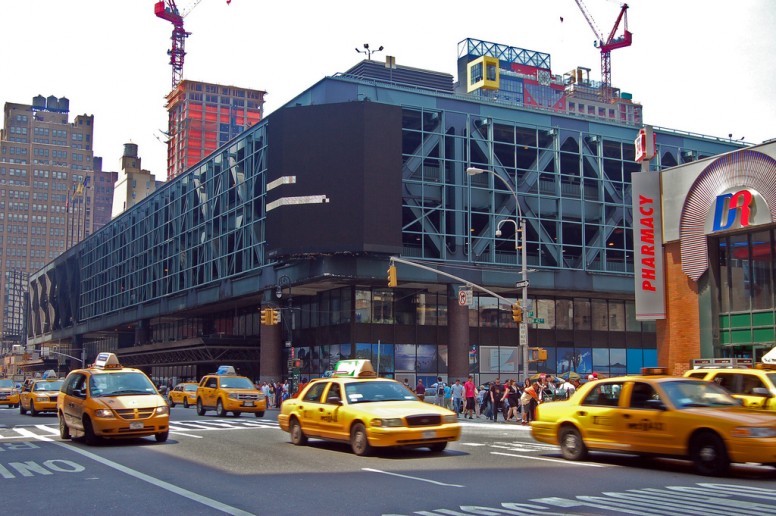The New Jersey Senate Legislative Oversight Committee held a special hearing earlier this week to discuss the Port Authority of New York and New Jersey’s plans to replace the Port Authority Bus Terminal (PABT) and to provide an update on the Gateway Tunnel Project. The panel gave voice to testimonies and questions from Port Authority representatives, such as Chairman John Degnan, and representatives from the Regional Plan Association, Voorhees Transportation Center and TSTC.
The hearing provided some answers to crucial questions for Garden State commuters. Chairman Degnan offered a rough estimate of the new PABT’s completion date: “At best 7 years. At worst, ten.” But the existing bus terminal is already bursting at the seams with 232,000 daily commuters. By 2040, the Port Authority expects that number to grow to 337,000 passengers.
Despite ongoing capacity issues, the bus terminal’s expansion was notably absent from the agency’s 10-year capital plan approved in 2014. The Port Authority eventually offered up $90 million for a Quality of Commute program, which fell short of addressing the terminal’s real problems and added little more than better bathrooms, air conditioning, heating and a few less leaky pipes. Two major problems will put Degnan’s ambitious timeline to the test: where the new terminal will be built, and how it will be funded. Any next steps will hinge on the results from the International Design Competition, assuming that a viable option will even emerge.
Degnan also promised revisions to the Port Authority’s 10-year capital plan. This “do-over” would contain some of the region’s most urgent needs, including the new PABT and Gateway project funding. The revised plan would also include the PATH extension to Newark Airport, a $1.5 billion allocation that won’t do much to solve existing capacity issues. A new draft capital plan for 2016-2026 is expected this summer along with public hearings slated for July through September.
The Port Authority said the current Hudson River Tunnels–while safe for now–will need to be taken out of service within the next 20 years for repairs needed due to age and damages from Superstorm Sandy. If one tunnel is lost, capacity is reduced by 75 percent, making the Hudson River Tunnel Project‘s timely completion critical to establish capacity redundancy before the older tunnels must be taken out of service. While we can’t predict the weather over the next two decades, but another severe storm could bring further damage to the weakened tunnels, forcing their premature closure before either the new tunnel or bus terminal is built.
Earlier this month, U.S. Transportation Secretary Anthony Foxx said the tunnel could require closure for repairs at any point: “And that could be 15 years from now, it could be 15 months from now, it could be 15 weeks from now, it could be 15 minutes from now.” It’s unclear whether the Port Authority has a contingency plan or if it would even be an adequate solution. The panel did point to the NJ Transit contingency plan which was created in the days leading up to a narrowly-averted rail union strike. But that plan only accommodated 40 percent of rail ridership, stranding 65,000 commuters–hardly a “contingency plan” by definition, and certainly not a suitable long-term solution.

